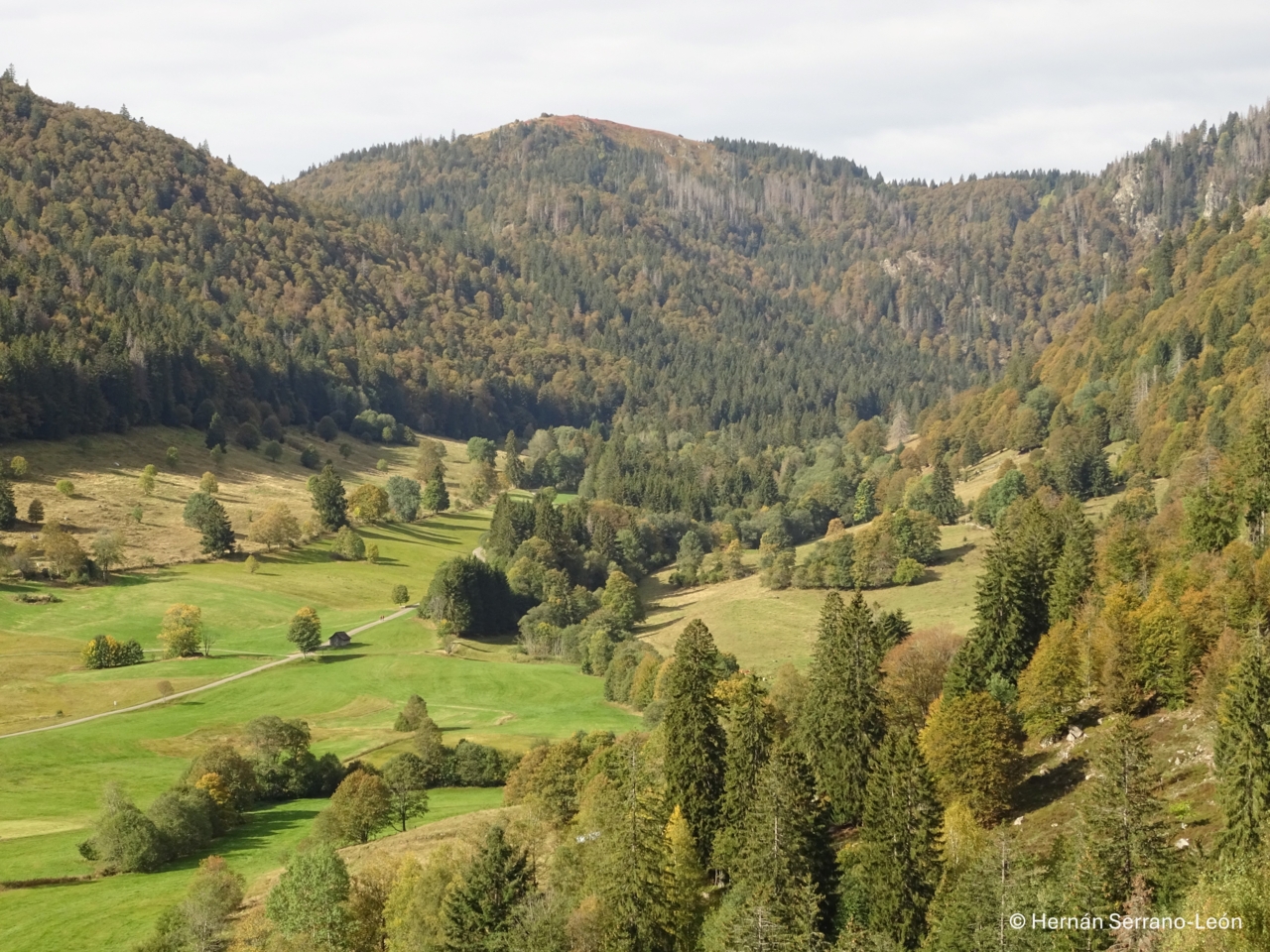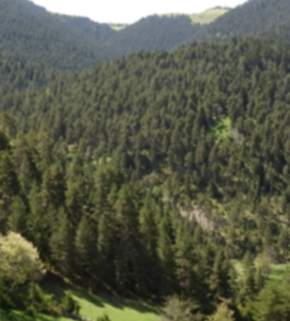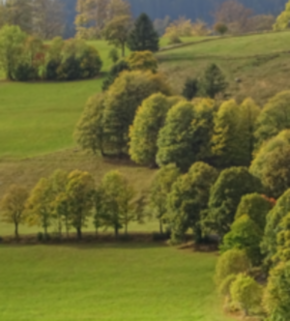Best Practice Knowledge Base
6. Enhancing Landscape Connectivity and Diversity

Landscape heterogeneity in Schwarzwald, Germany © Hernán Serrano-León
Enhancing landscape connectivity and diversity ensures the movement and genetic exchange of species, while supporting more resilient and adaptable ecosystems and landscapes. This approach involves creating corridors and linkages between fragmented habitats, allowing for the migration of wildlife and the dispersal of plant species, which is essential for maintaining healthy populations and genetic diversity. By promoting a heterogeneous landscape that includes a variety of habitats and successional stages, restored landscapes can better mimic natural systems, thus increasing ecological stability and resilience against disturbances. Ultimately, enhancing connectivity and diversity in the landscape fosters richer biodiversity, supports ecosystem services, and contributes to the long-term sustainability of both local and regional environments.
6.1 Enhancing landscape diversity
Landscape structural and compositional diversity accommodate species with different ecological requirements, while promoting long-term stability by allowing nutrient and population fluxes between different ecosystem types or successional stages. Effective conservation strategies should prioritize mosaics of forest types, protect natural disturbance regimes, and integrate spatial planning to sustain biodiversity across landscapes.
6.2 Establishment of hedgerows or corridors
Hedgerows are linear strips of native or mixed-species vegetation which are commonly used in agricultural or tree plantation forest landscapes to connect fragmented habitats, or to increase biodiversity within the productive areas. Specifically, these structures serve as passages for wildlife by facilitating gene flow and species dispersal between isolated forest patches, while promoting dispersal and spread of new species into the productive environments. The strategic placement of hedgerows considering species-specific requirements is key to achieve these objectives.



